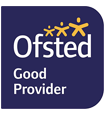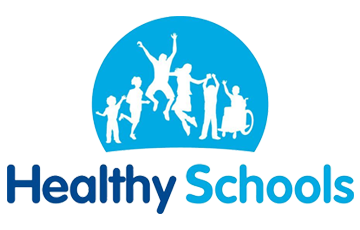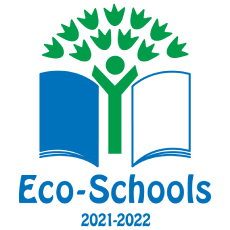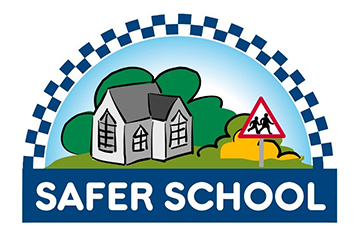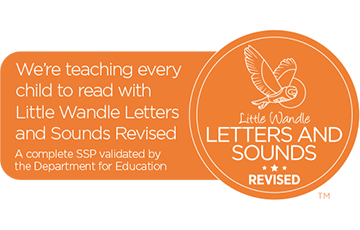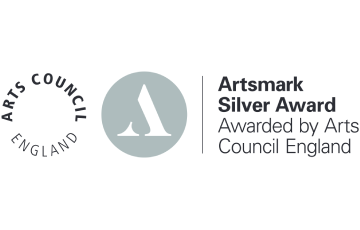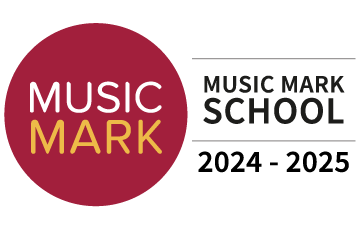Reggio in Class 1 and Nursery
Some of you may have noticed a change in 'style' in class 1 and nursery since we came back to school in September. While it may look like we have just forgotten to switch the lights on their is method in our madness!
Our aim in class one and nursery, and of course throughout the school, is to give our children's the absolute best education we can.
Before the summer holidays myself and Becky from nursery went to visit an 'outstanding' nursery in inner city Leeds. This was a large nursery of over 60 children whose spoke a mixture of over 40 different languages. The nursery Is Reggio inspired and the children we saw there blew our minds! The atmosphere was calm and purposeful, the children were all playing, but very clear on what they wanted to do through their play. They showed us the projects they were working on, some of which had been running for upto 18 months, and calmly explained what they knew about platelets and the difference between veins and arteries. Alongside telling us about their mermaid project where they have written to mermaids, made mermaid homes and created an underwater city. Adults were calm and extremely respectful to adults and children alike.
So what is Reggio Emilia? Well if you google it you'll be told
" A pedagogy that is student centred and constructivist that utilises self-directed, experiential learning Ina. Relationship driven environment."
Which is a very dry description of something amazing. Just after the Second World War the mothers in a small village in Italy 'Reggio Emilia" near Bologne wanted to organise some sort of education for their children before they went to the Roman Catholic run middle schools. A local teacher Loris Malaguzzi helped the mothers set up the first Reggio school. They had no money (something modern day schools can appreciate!) they used stones, bits of wood and other 'found' objects as toys for the children. They sold a German tank that had been abandoned in the village for scrap and used the money to build the school using rubble. And they kept the children central to their thinking. They valued children as strong capable and resilient. They appreciated that every child brings a deep curiosity and uses this innate curiousity to help them understand the world and their place within it. They thought of children as communicators even when they were not being verbal, by watching children's reactions and interactions you can often see what a child is trying to communicate (the hundred languages of children). Finally they used the environment as a third teacher, and say that it should be filled with natural light, order and beauty where every material is considered for its purpose and every corner is ever evolving to encourage children to delve deeper and deeper into their interests. The adults observed, listened and then provide opportunities to explore further the projects that interest them.
These all sounded like things that we wanted for our children, the national curriculum and early years curriculum are both heavily weighted towards problem solving and reasoning, and this seemed to us to be a great way to develop more independent thinkers and learners. So the research began! Myself and Catarina attended a course on planning based on the childrens interests, Becky began to read and I booked us on to a trip to sunny Leeds.
All of our research has culminated in what you see in nursery and class 1 now. Natural light, over harsh fluorescents helps children to feel safe, while using twinkly lights, lamps and spotlights we can draw children's attention to new areas of provision or new things that may interest them. Calming music in the background makes the classroom calmer and children more relaxed and willing to be themselves. The toys are becoming more natural and real, we are trying to limit the amount of brightly coloured plastic (although there's obviously always going to be lego!) and we are encouraging children to follow their own fascinations. Rather than telling children that we need to write a sentence with an adjective in it about the three little pigs. The children are asked to create a sentence with an adjective in it for their project books, these could all be different and are based on what your child wants to learn about. While the adults in the classroom are all clear on what each child's next step is, the children are left to choose how they want to learn.
This is a real journey for both the children and adults in out setting, we are loving learning about being Reggio inspired and helping our children to be more independent. There are lots of things that we still need to learn and improve...we cant wait!
Mrs Underwood
Mrs O'Dowd, Becky, Cat and Elisia
















